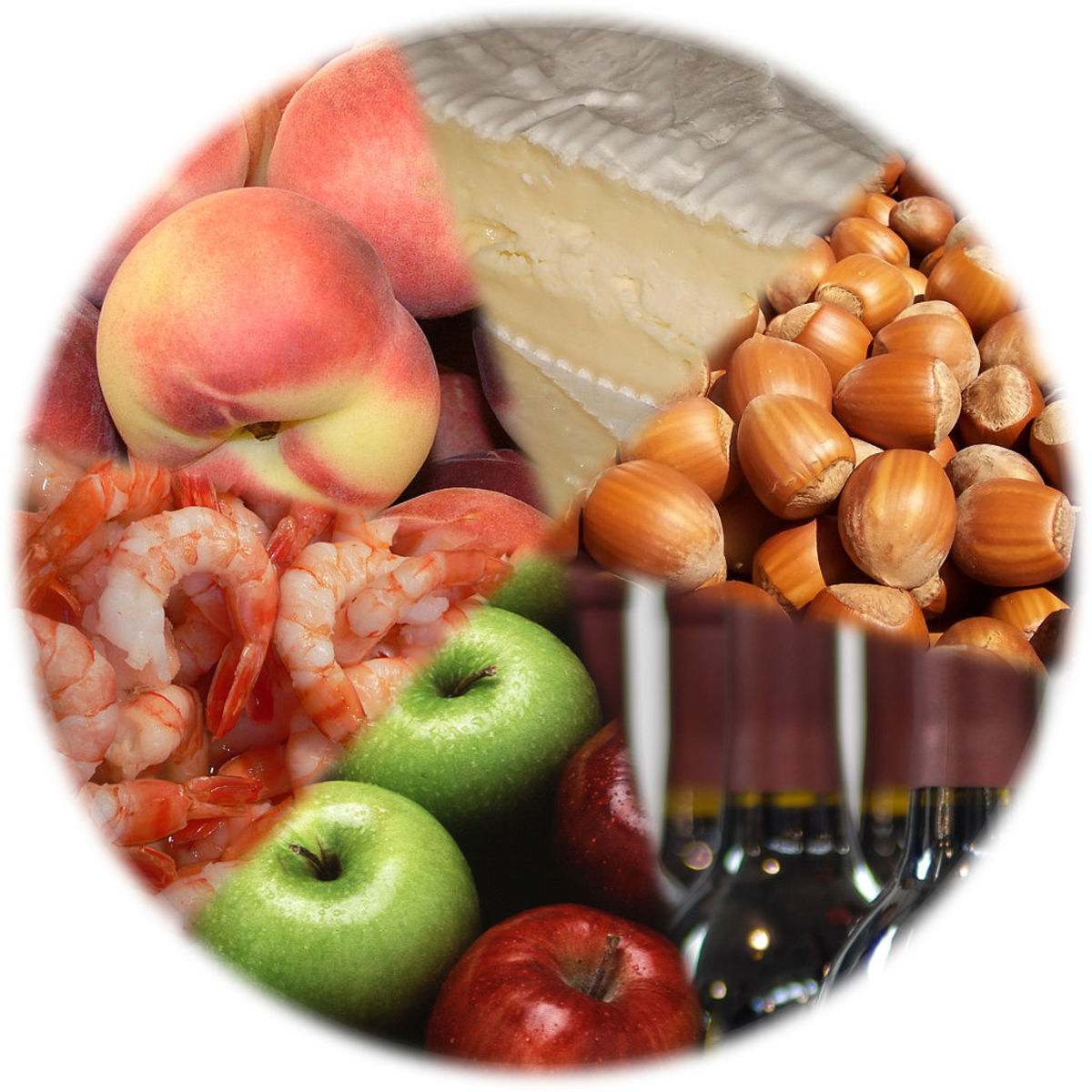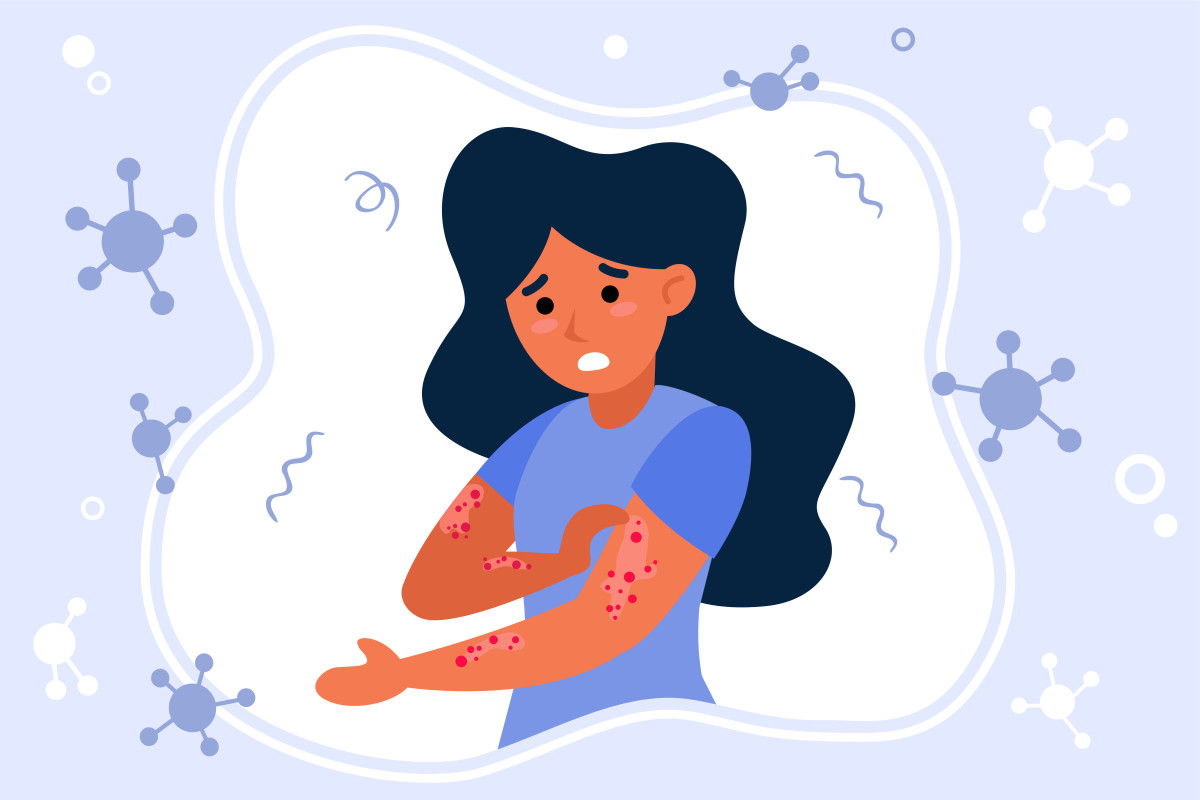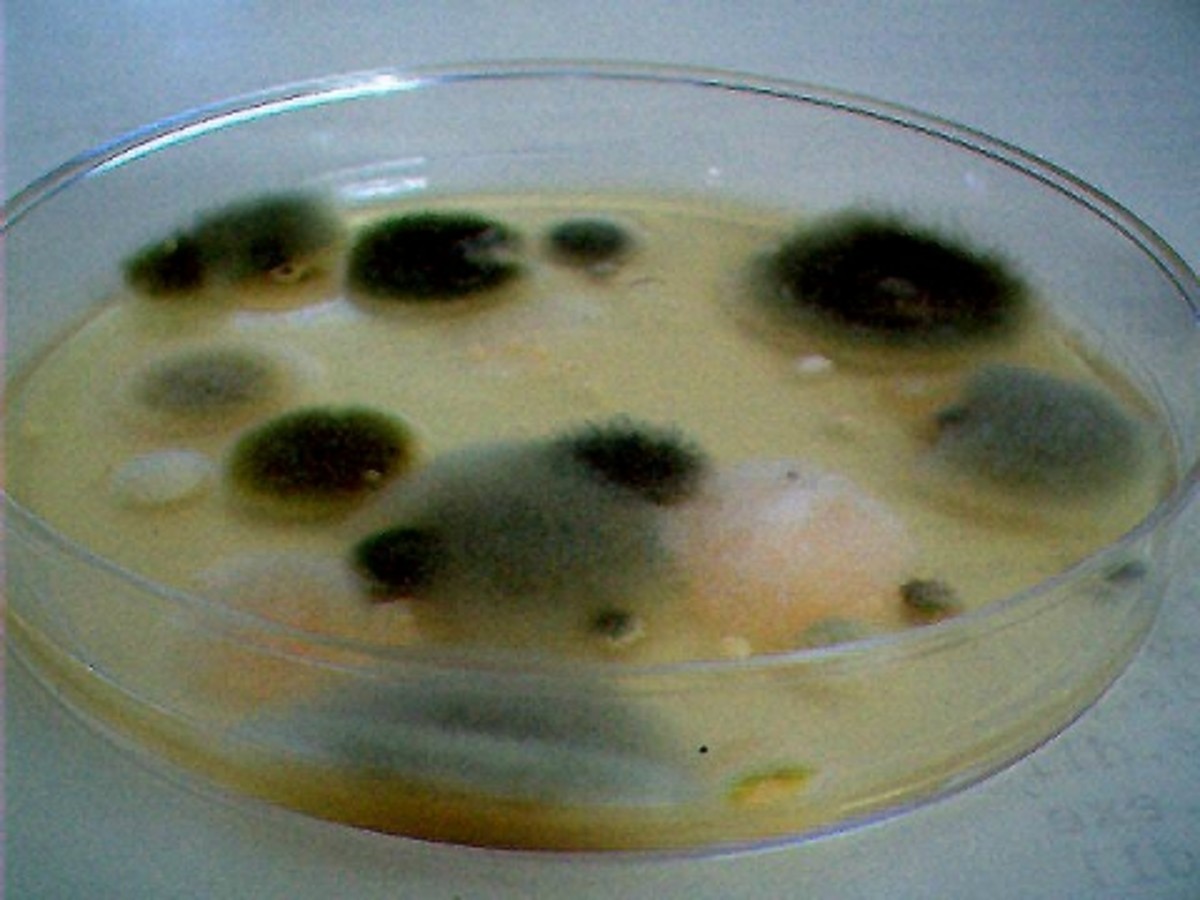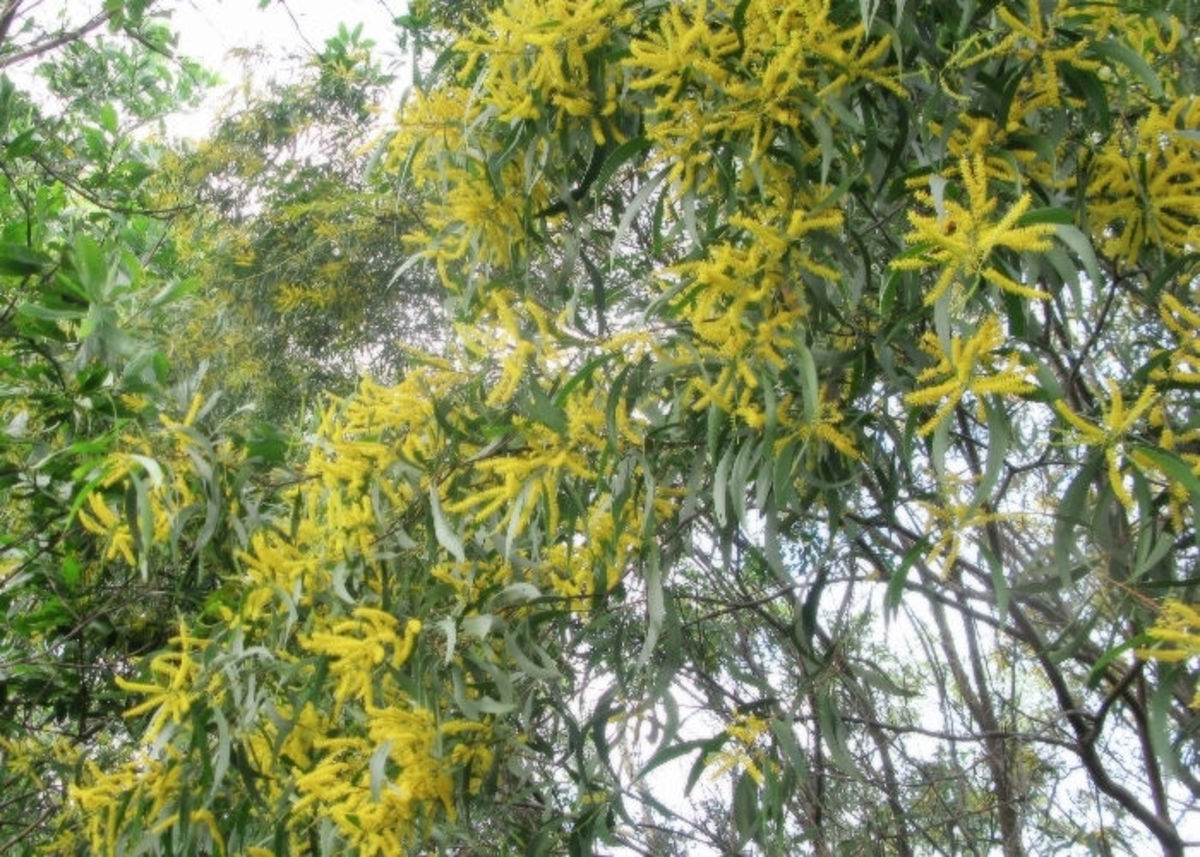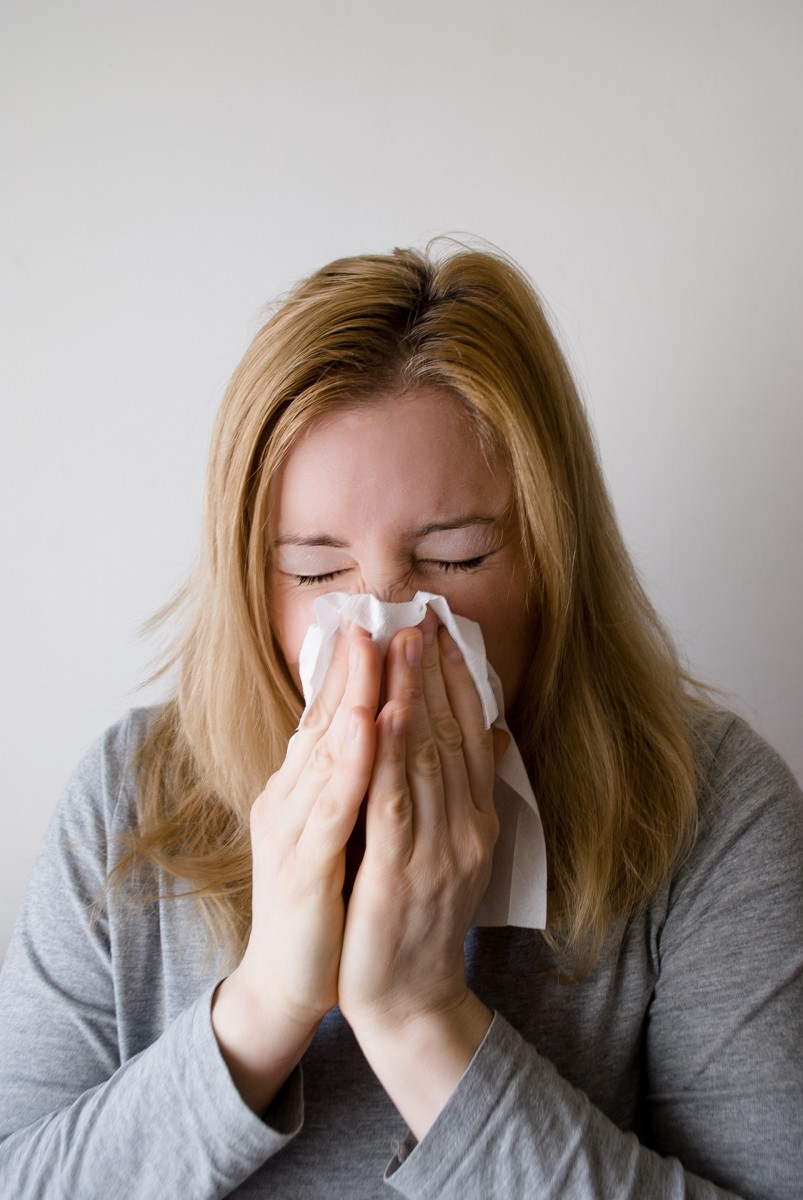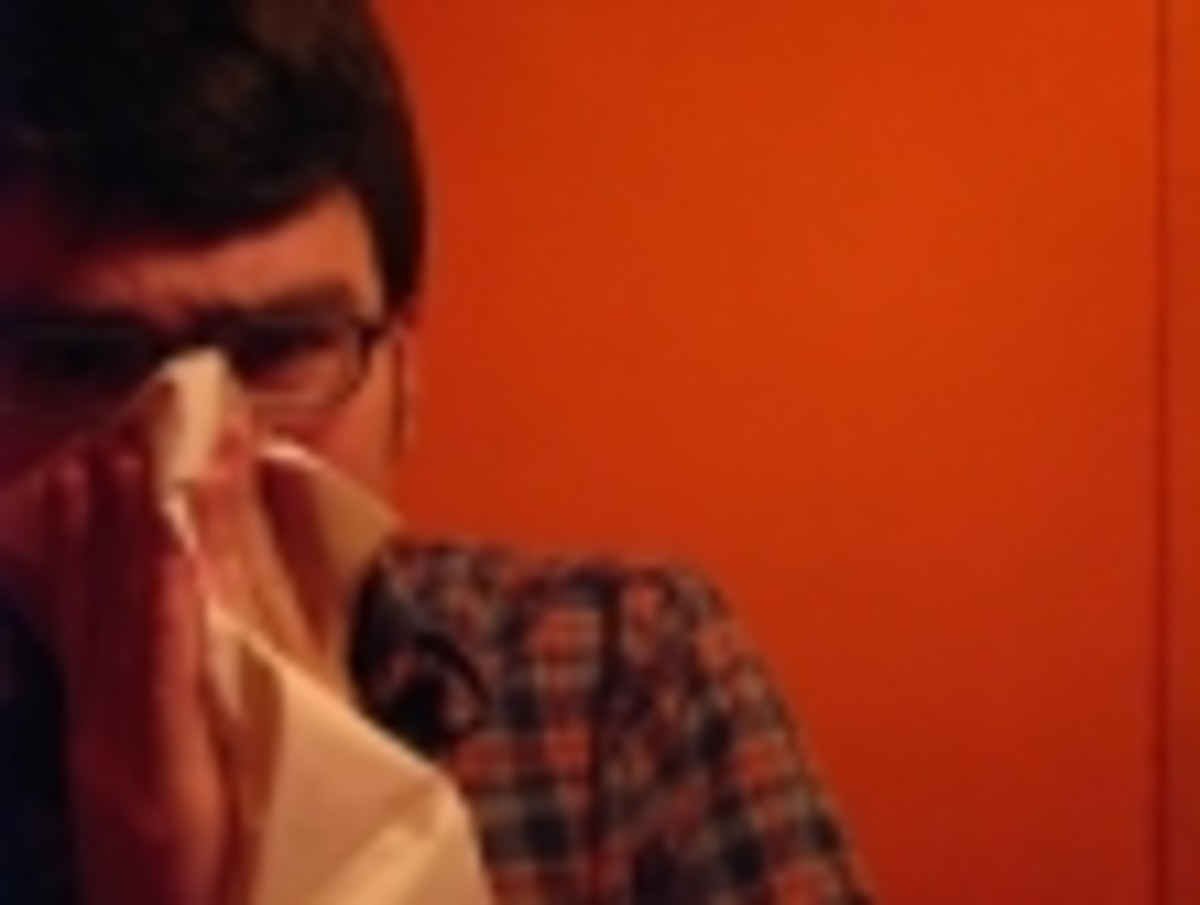Seasonal Pollen Allergies
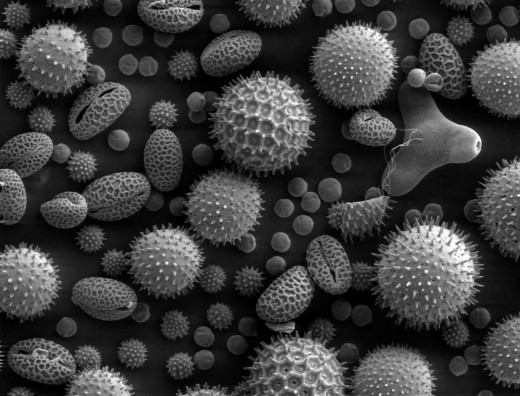
What Are Seasonal Allergies?
Allergies are a very common immune reaction that many people have to substances that are typically considered harmless to most people. People can have allergies to things that they can inhale(smoke, pollen, animal dander, etc.), things that they eat or drink (milk, dairy products, wheat, soy, nuts, etc.), or things that touch their skin (chemicals in lotions, soap, certain metals, latex, etc.).
Pollen is a very common allergen. This type of allergy often comes and goes throughout the year. People with pollen allergies will have worse symptoms during certain times of the year (spring, summer, fall, winter) when certain trees, grasses, weeds, or other plants pollinate. Common symptoms include a stuffy or runny nose or itchy, irritated eyes. This type of allergy is often called hay fever.
I am not a doctor and can not give medical advice. If you have these symptoms or suspect that you may have seasonal pollen allergies, see a doctor.
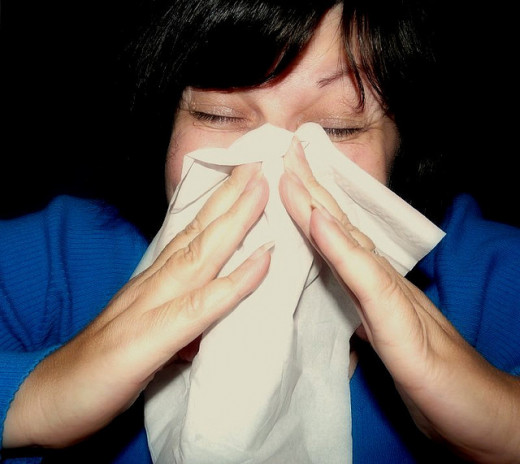
Allergy Symptoms
A true allergic reaction is always caused by the immune system. A typical immune system will respond when someone is exposed to bacteria, viruses, or fungi. The immune system of an allergy sufferer is hyper-sensitive and will also respond to a variety of allergens. Once an allergen is spotted in the body, the immune system will go to work producing histamines and leukotrienes. These chemicals cause a number of unpleasant symptoms. Some possible allergy symptoms are:
- Itchy, irritated eyes
- Runny nose
- Stuffy nose
- Sinus congestion
- An increase in asthma symptoms
- Chest congestion
- Itchy skin
- Sneezing
- Dark circles under your eyes
Where Do Allergies Come From?
Research shows that there is a genetic disposition to allergies. People who have parents with allergies are more likely to have allergies themselves. The interesting thing is that although the tendency for allergies is inherited, the specific allergy is not inherited.
For a pollen allergy to develop, a person must be exposed to that certain type of pollen. The body will decide that it is an invader and prepare an immune response. The next time that that pollen is encountered, the body will be ready with an allergic response.
Moving to a new part of the world may help an allergy sufferer for a while if they leave the area where a certain allergen bearing plant grows. The down side is that pollen allergies often return. Once the body acclimates itself to the local pollen, the allergy symptoms will begin again.
Pollen Levels
Geography And Pollen Allergies
Plants grow in cycles. At certain times of the year, certain plants will bloom and produce pollen. This pollen is picked up in the wind and shared with the local allergy victims. Allergy seasons will vary by what pollens a person is sensitive to and where that person lives. If you are in the United States, you can get pollen levels by clicking on the links to the right. This information will help you to avoid the outdoors on high pollen days.
Typical Pollen Allergy Seasons In The U.S.A.
Regions
| Trees
| Grasses
| Major Weed Pollen Problem
| Other Weeds
|
|---|---|---|---|---|
Pacific Northwest
| February-May
| April-October
| June-September
| |
Northern California
| February-May
| April-September
| April-September (Sagebrush)
| March-October
|
Southern California
| February-June
| April-October
| July-October (Sagebrush)
| June-October
|
North Central U.S.A.
| March-May
| May-August
| August-September (Ragweed)
| June-September
|
Midwest
| March-May
| May-July
| August-October (Ragweed)
| July-October
|
South Central States
| December-February (Mountain Cedar), February-April (other trees)
| February-August
| August-October (Ragweed)
| June-October
|
Northeast
| April-May
| May-July
| Mid-August-September (Ragweed)
| May-September
|
Mid-Atlantic
| March-May
| May-June
| Mid-August-September (Ragweed)
| May-September
|
Southeast
| February-May
| May-October
| August-October (Ragweed)
| May-October
|
What Is Your Worst Allergy Season?
What is your worst month for allergies?
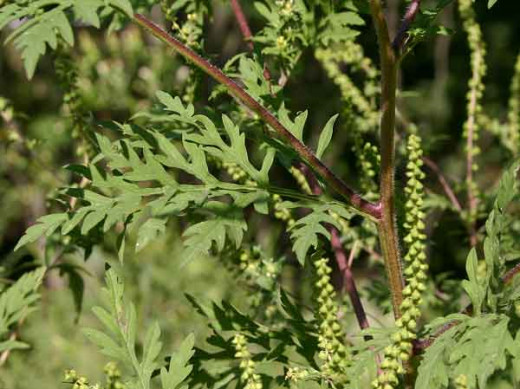
How Colds Are Different From Allergies
Colds and allergies share some of the same annoying symptoms. It can sometimes be difficult to tell if a stuffy nose is due to a cold or if it is due to seasonal pollen allergies. Take a look at this chart to learn how to determine if it is a cold or seasonal allergies.
Cold
| Allergy
| |
|---|---|---|
Duration:
| 3-14 days
| Days - months (symptoms will last as long as you are exposed to the allergen)
|
Time Of Year:
| Winter is the most common
| Pollen allergies often start in the spring and will continue through fall.
|
Cough:
| Often
| Sometimes
|
Ache:
| Sometimes
| Never
|
Fatigue:
| Sometimes
| Sometimes
|
Fever:
| Rarely
| Never
|
Itchy, Irritated Eyes:
| Rarely
| Often
|
Sore Throat:
| Often
| Sometimes
|
Stuffy Or Runny Nose:
| Often - usually yellow mucus
| Often - usually clear mucus
|
Test Yourself
view quiz statisticsSinus Infections And Allergies
Research shows that many people who have allergies are prone to sinus infections. If your symptoms get worse, your drainage turns yellow or green, or you start to get symptoms of an infection such as a fever, there is a good chance that you have a sinus infection. Common symptoms include:
- Facial pain and pressure
- Nasal congestion
- Colored nasal discharge
- Fever
- Headache
- Bad breath
- Fatigue
- Cough
- Tooth pain
- Ear pain
- Post nasal drip
If you suspect that your allergies may have become a sinus infection, see a doctor.
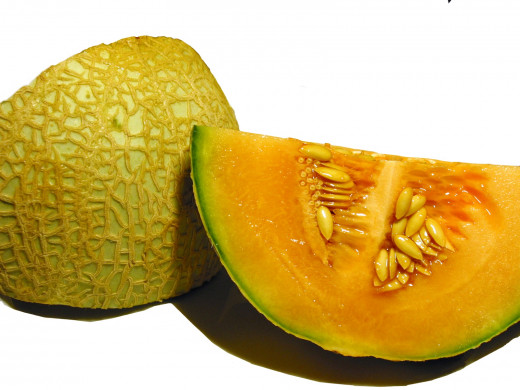
Pollen-Food Allergy Syndrome
Many people with pollen allergies also have troubles with certain foods, especially during allergy season. These reactions can be caused by certain nuts, spices, fruits, and vegetables. Eating these foods may cause stomach upset, hives, swelling of the throat, or even anaphylaxis (a life threatening allergic reaction). This is known as cross reactivity, pollen-food allergy syndrome, or oral allergy syndrome. Proteins in the problem foods are very similar to those in the problematic pollens. An example is ragweed and melons. Many people who are allergic to ragweed will have an allergic reaction to melons. Luckily, for many people, cooked fruits and vegetables will not cause an oral allergy reaction. See the chart below for common problem foods.
If You Are Allergic To:
| Birch Tree Pollen
| Ragweed Pollen
| Grass Pollen
| Mugwort Pollen
|
|---|---|---|---|---|
You May Also Have Problems With:
| Apples
| Bananas
| Tomatoes
| Apples
|
Carrots
| Melons (cantaloupe, honeydew, watermelon)
| Carrots
| ||
Celery
| Tomatoes
| Celery
| ||
Hazelnuts
| Kiwi fruit
| |||
Peaches
| Peanuts
| |||
Pears
| Some spices (caraway seeds, parsley, coriander, anise seeds, fennel seeds)
| |||
Raw potatoes
|
How Seasonal Pollen Allergies Are Diagnosed
A health care provider will review the patient's history and symptoms. In some cases, allergy testing will be conducted to get more information. Skin testing is one of the most common means of testing for allergies. In this test, small amounts of allergens will either be scratched onto the skin or injected into the skin. The doctor will then watch for an allergic reaction. If the patient is allergic to the substance, a welt that looks and feels like a bug bite will appear. The larger the welt is, the stronger the allergy is. A few doctors will also test for allergies by using a blood test to measure substances that are common in allergic reactions. Two common substances that are measured using blood work are immunoglobulin E (IgE) and eosinophils, a type of white blood cell.
Medical Professionals That Treat Seasonal Pollen Allergies
If your allergy symptoms are severe or negatively impacting your life, it may be time for a professional. If you suspect that you have allergies and you need help, one of the following medical professionals should be able to assist you in obtaining treatment.
- Board certified allergist
- Family doctor
- Pediatrician
- Internist
- General practitioner
- Nurse practitioner
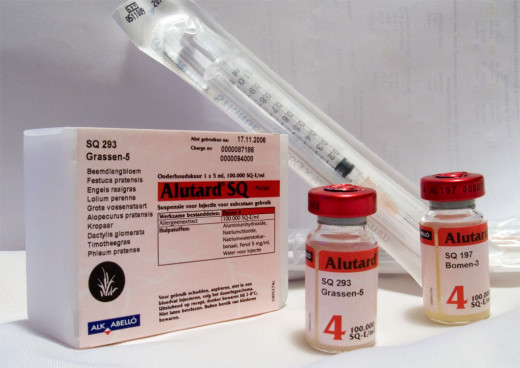
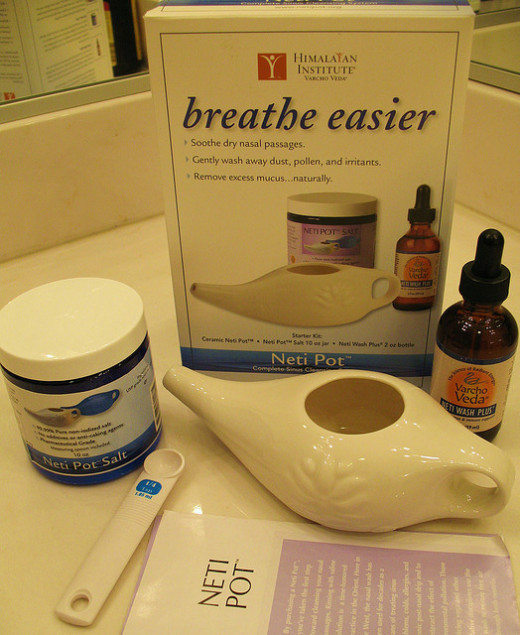
Possible Treatments
If you or someone you know is having a severe allergic reaction, call 911 or go to an emergency room.
If you are having ongoing problems that you think may be allergies, talk to a doctor.
If you are just curious as to possible treatments, here are some ideas for you:
Nasal Strips (Breathe Right Strips)
These are available over the counter. They are simply a rigid adhesive strip that is worn on the nose. They pull the nose open to allow additional nasal airflow.
Nasal Saline Rinse
You can use saline to rinse out the nose. This will remove pollen and excess mucus. You can use a powered machine to rinse the nose, a squeeze bottle, or a neti pot. You can mix your own saline or buy it ready made. Saline rinses are very common now. You can find bottles, saline, saline mix, and neti pots in most pharmacies.
Antihistamines
This is a class of drugs that block histamine production in the body. They are fairly inexpensive, available in multiple forms, and available over the counter as well as by prescription. The most common side effect is sleepiness.
- Over the counter antihistamines such as Benedryl or Zyrtec
- Prescription antihistamines
- Antihistamine eye drops (over the counter or prescription)
- Antihistamine nasal sprays (prescription)
- Antihistamine creams (over the counter or prescription)
Corticosteroids
This is a common anti inflammatory medication. The down side to this class of drugs is that even small amounts can have large negative impacts on the body like suppressed immune system and weight gain.
- Injections (prescription, fast acting, fairly immediate results, systemic effects)
- Creams (over the counter or prescription, good for skin symptoms)
- Nose or Lung inhalers (prescription, more localized and less side effects)
- Oral (prescription)
Decongestants
Mainly available without a prescription. The pills have two ingredients that are available. The ones with pseudoephedrine are more effective but have amount restrictions and are often found behind a pharmacy counter. They can cause problems with high blood pressure.
Nasal sprays are also available in a number of different medications. These should only be used for up to 3 days due to potential for rebound congestion problems.
Leukotriene Inhibitors
Only available by prescription. These medications block another chemical that causes allergic symptoms. Singulair is a common type of this class of medication. Often used for asthma or nasal congestion.
Allergy Shots (Sometimes Available As Oral Drops)
An allergist can prescribe and perform this treatment. After allergy testing, small amounts of the problematic allergens are mixed up into a liquid. This liquid is injected under the skin (or placed under the tongue). The concentrations of allergens are increased over time to train the body to ignore the problematic allergen.
Prevention
Avoiding pollen is one of the easiest ways to control seasonal pollen allergy. Here are some tips:
- Avoid going outside early in the morning and at dusk. This is when pollen counts are at their peaks.
- Keep windows and doors closed during allergy season.
- Use a filter system to remove any allergens that do enter the home.
- Wash sheets and pillow cases frequently - every few days if possible.
- Take a shower before bed and after pollen exposure.
- Use a face mask when doing yard work or walking outside.
- Change clothes immediately after finishing outdoor chores.
- Use a treadmill or indoor bike during allergy season.
- Use air conditioning.
- Do not hang clothes outside to dry.
- Vacuum frequently with an allergy rated vacuum.
Saline Rinses For Seasonal Pollen Allergies - More Information
Saline rinses were mentioned above. They are very helpful for seasonal pollen allergies. You can mix up your own saline at home and use a squeeze bottle or neti pot to get the saline into your nose. It looks funny and sounds odd but is very easy to do. Watch the video and then you can use the following recipe to make your own.
This is for educational purposes only. Your doctor can help you to determine if this will be useful to you and what ingredients to place in your nasal rinse. Sometimes a doctor will prescribe an antibiotic or other additive for your nasal irrigation solution.
Nasal Saline Rinse For Neti Pots And Nasal Irrigation
Ingredients
- 1 Cup (8 ounces) Water, bottles, distilled, or filtered to remove impurities and irritants
- 1/8-1/4 tsp Fine grained salt, use non-iodized, you may need more salt if you use large crystals
- 1/8-1/4 tsp Baking soda, optional (may help to prevent burning sensation)
Nasal Saline Rinse Instructions
- Warm the water so that it is close to body temperature. It should feel warm but not hot.
- (Optional) Mix in the salt and baking soda.
- Stir mixture until all of the salt and baking soda is dissolved
- Pour mixture through the nose using a neti pot, nasal irrigator, or squeeze bottle. These can be purchased at most drug stores.
- If it burns, make sure that the water is the right temperature, adjust the salt up or down a bit, add baking soda, adjust the baking soda. If you are really stuffy, it may burn a little more than when your nose isn't irritated. It should only be a minor burning feeling. This feeling should ease as the nose heals.
References
- Pollen Season Chart - Hay Fever - Allergy | Aetna InteliHealth
- Food allergy: Symptoms - MayoClinic.com
- Sinus Infection
- Understanding Hay Fever -- the Basics
- Difference Between Cold & Allergy Symptoms
- Fall Allergy Capitals: The 20 Worst Places In The U.S.
- Allergies - PubMed Health
- The American Academy of Allergy Asthma and Immunology | AAAAI


